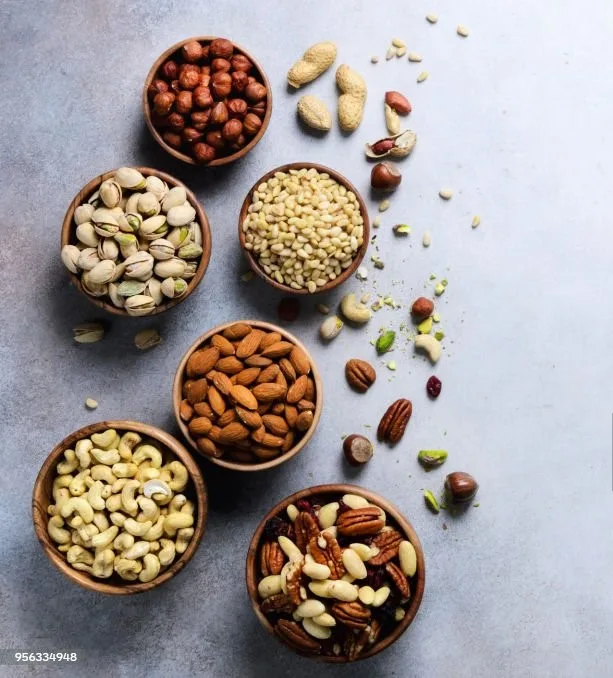Insightful but straightforward observations about the world of chips for diabetics Download now to have an exciting eating lifestyle!
Making the correct dietary decisions is essential for controlling blood sugar levels if you have diabetes.
Many people believe that individuals with diabetes cannot consume snacks like chips at all, but you may still enjoy the occasional crunchy treat without endangering your health if you take caution and make some wise decisions.

This article will examine the world of chips for diabetics and provide you with advice on sensible snacking choices, such as portion control strategies and healthier chip substitutes. Knowing About Snacking and Diabetes Diabetes is a long term medical disorder that impairs the body’s capacity to control glucose or blood sugar.
- Your body converts carbs from food into glucose, which is then used as fuel. However, diabetics frequently find it difficult to control their blood sugar levels, which can result in spikes in blood sugar levels that are either too high or too low and have dangerous consequences for their health.
- Eating a balanced diet is one strategy to assist in blood sugar stabilization. This diet can include snacks, but to keep your blood sugar levels consistent, you must make wise decisions.
- It’s important for diabetics to know how different kinds of chips affect blood sugar levels and to choose healthier ones that are low in fat, carbs, and added sugars. Carbohydrates: Crucial Elements
- Blood sugar levels are most significantly impacted by carbohydrates. Your body quickly turns foods heavy in carbohydrates into glucose when you eat them, which raises your blood sugar levels.
- You don’t have to cut out all carbohydrates from your diet, but you should be aware of how much you eat, particularly when it comes to chips and other snacks.
- For example, traditional potato chips and corn chips are heavy in carbohydrates and can cause sudden rises in blood sugar levels.
- An ounce, or around fifteen chips, of normal potato chips, constitutes a single serving, which usually has between fifteen and twenty grams of carbs.
- Although it might not seem like much, the high glycemic index of these foods can raise blood sugar levels, so it can add up quickly. Healthy Substitutes for Chips
Thankfully, there are healthier options available for those with diabetes than the conventional potato and corn chips. When choosing chips for diabetes, aim for varieties with more fiber, less carbohydrates, and healthy fats.
Consider these healthier substitutes chips for diabetes:
Vegetable Chips:
- Beets, sweet potatoes, and zucchini are common ingredients in veggie chips. Because these chips usually include more fiber and less carbohydrates than standard potato chips, they can be a wise choice.
- Ingesting and absorbing carbohydrates are slowed down by the fiber, which can help avoid blood sugar risk. Chips that have been baked: Baked chips make a great substitute for their deep-fried counterparts. Generally speaking, they have less fat and less calories.
- For diabetics, picking baked chips may be a better alternative even though they still include carbohydrates. Certain baked chips may have extra sugar, so be sure to read the nutrition label.

Nuts and Seeds:
- Try munching on nuts and seeds as a healthy alternative to regular chips. Nutritious fats, protein, and fiber from almonds, walnuts, pumpkin, and sunflower seeds can help maintain stable blood sugar levels.
- However, because nuts are high in calories, you must be mindful of your portion proportions. Kale chips are a fantastic, nutrient-dense, low-carb choice.
- The process of roasting or dehydrating kale leaves yields a crunchy and wholesome snack. Because it is high in fiber, vitamins, and minerals, kale is a great option for those who have diabetes. Crunchy Cheese Crisps: A tasty and low-carb substitute for chips is cheese crisps, which are composed entirely of cheese.
- They provide you with both fat and protein, which can help you feel full and keep your blood sugar levels steady. Just watch how much you eat because it has a lot of calories. Portion Control: An Essential Factor When it comes to snacking with diabetes, portion control is essential.

Warning: Consuming excessive amounts of chips can still cause blood sugar increases, even if you choose healthier options. It’s crucial to watch portion sizes and refrain from overindulging.
The following advice can help you control portion sizes:
Examine the nutrition labels:
The nutrition labels on the majority of packaged snacks include details regarding serving sizes and the amount of carbohydrates in each serving. Make use of this information to help you choose the right amount.

Pre-Portion Your Snacks:
As soon as you open the package, cut the food into smaller parts to prevent overindulging. You’ll be less likely to finish the material in one sitting if you do this.

Use Smaller Plates and Bowls:
Eating from smaller plates and bowls might provide the impression that you are eating a greater portion, which can increase your sense of satisfaction even when you consume less food.

Take Note of Your Body:
Observe the signals your body sends when it is hungry or full. Instead of stopping when the package is gone, eat a snack when you are truly hungry.
Refrain from Mindless munching:
- Mindless eating might result from munching while working at your desk or watching TV. Rather, take a seat and relish the tastes and sensations of your snack. Chips and Other Nutrients-
- Rich Foods in Balance It’s crucial to keep in mind that chips even the healthier varieties should only be consumed occasionally and not as a mainstay of your diet.
- It’s critical to balance your chip intake with other nutrient-rich foods to preserve stable blood sugar levels and general wellness.
The following advice can help you design a balanced diet:
Include Vegetables:
Stuff your plate full of non-starchy veggies like cauliflower, broccoli, and spinach. These vegetables are rich in fiber and vital minerals and low in carbs.

Incorporate Lean Proteins:
Foods high in lean protein, such as fish, tofu, poultry, and turkey, can help control blood sugar levels and satisfy hunger. When it comes to grains, choose whole grains such as brown rice, quinoa, and whole wheat pasta. Compared to processed grains, these options offer more minerals and fiber.
Watch What Sugar You Eat:
Since additional sugars can cause blood sugar spikes, pay attention to how much of them you put in your diet. To find hidden sugars in processed foods, check food labels.
Keep Yourself Hydrated:
Staying hydrated is important for general health and for reducing cravings and hunger. Diabetics don’t have to give up chips completely.
- You may have a pleasant snack without running the risk of hypoglycemia by eating sensibly and controlling your portion sizes.
- Consider healthier chip options such as baked chips, almonds, seeds, and veggie chips. Also, pay attention to portion proportions.
Tip: Keep in mind that chips ought to be a pleasure rather than a necessary food, and balance your snacking with a diet high in whole grains, veggies, lean meats, and fluids. You can control your diabetes and enjoy the odd crispy treat if you take the proper measures.
